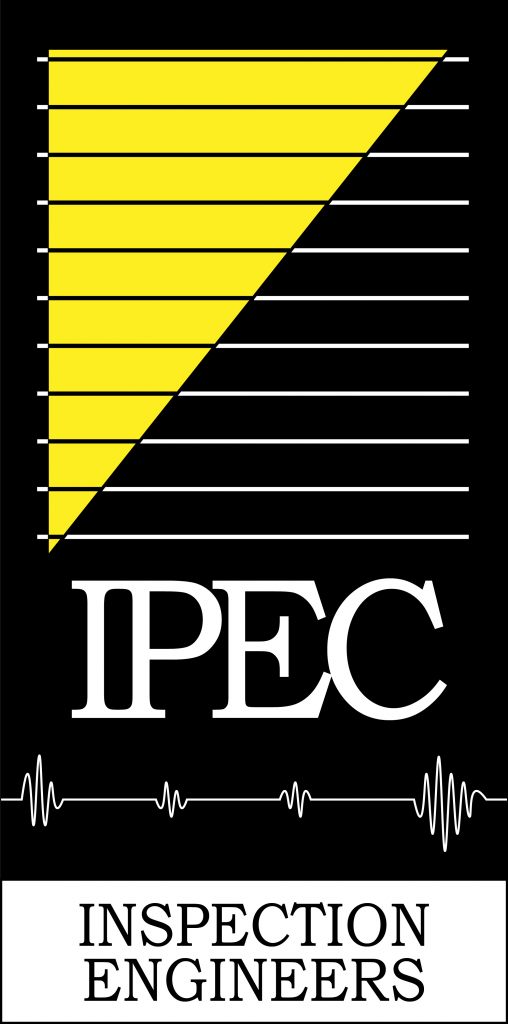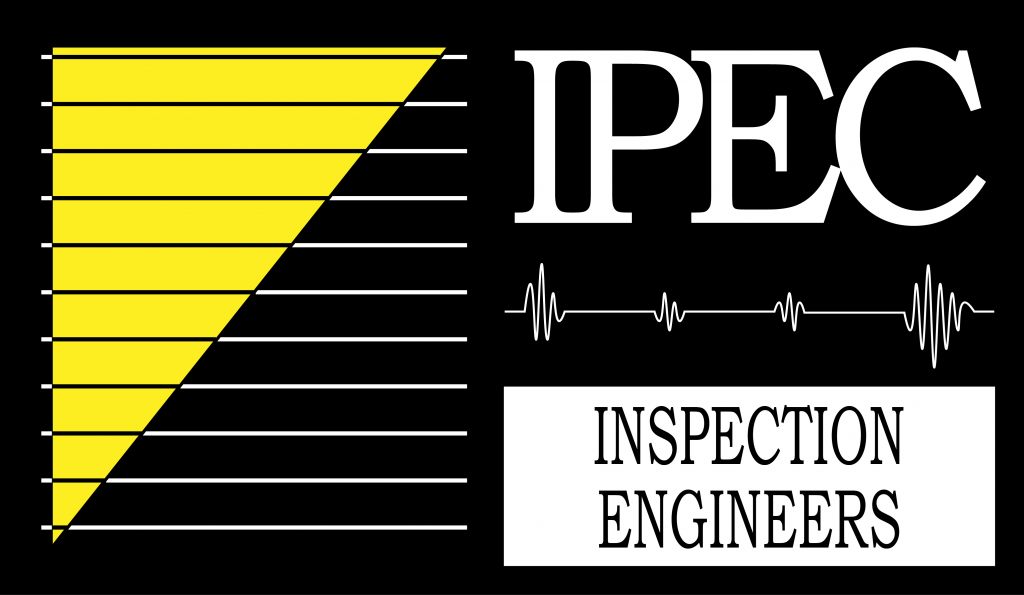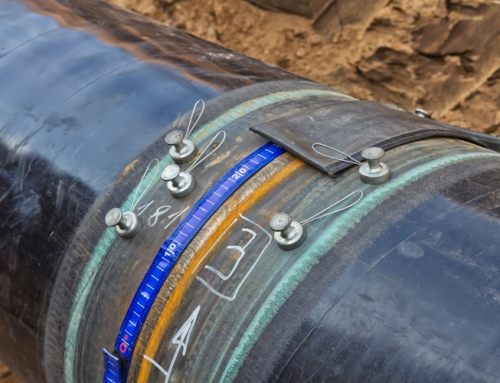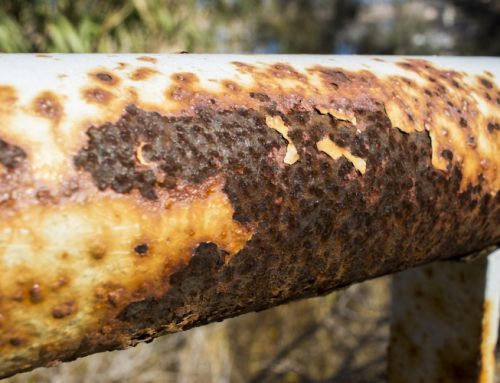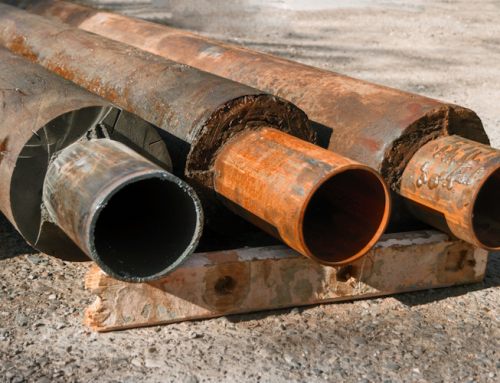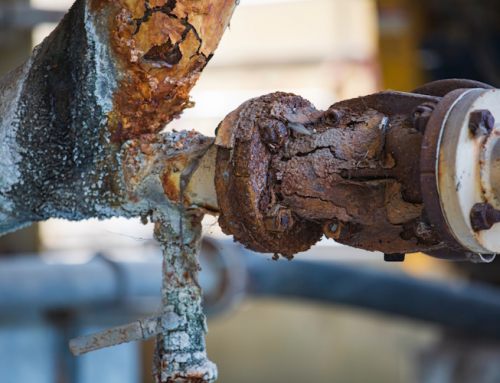Leak testing is a process used to detect and locate leaks in a variety of systems and components, including pipelines, tanks, valves, and equipment. The purpose of leak testing is to ensure that a system is free from leaks, which can cause safety hazards, environmental damage, or loss of product or energy.
There are several methods of leak testing, including:
- Visual inspection: This involves examining the system or component for signs of leaks, such as stains, puddles, or discoloration.
- Pressure testing: This involves pressurizing the system or component with a gas or liquid and measuring the pressure drop over time to detect leaks.
- Bubble testing: This involves applying a liquid solution or soap to the surface of the system or component and looking for bubbles that form at the site of a leak.
- Mass spectrometry: This involves using a mass spectrometer to detect trace amounts of gas or vapor that may be escaping from the system or component.
- Ultrasonic testing: This involves using ultrasonic waves to detect changes in the frequency or intensity of sound waves that may indicate the presence of a leak.
The choice of method depends on several factors, including the type of system or component being tested, the sensitivity of the test, and the cost and time required for the test.
Leak testing is an important process for ensuring the safety, reliability, and efficiency of various systems and components. It is particularly important in industries such as oil and gas, chemical processing, and manufacturing, where leaks can have serious consequences.
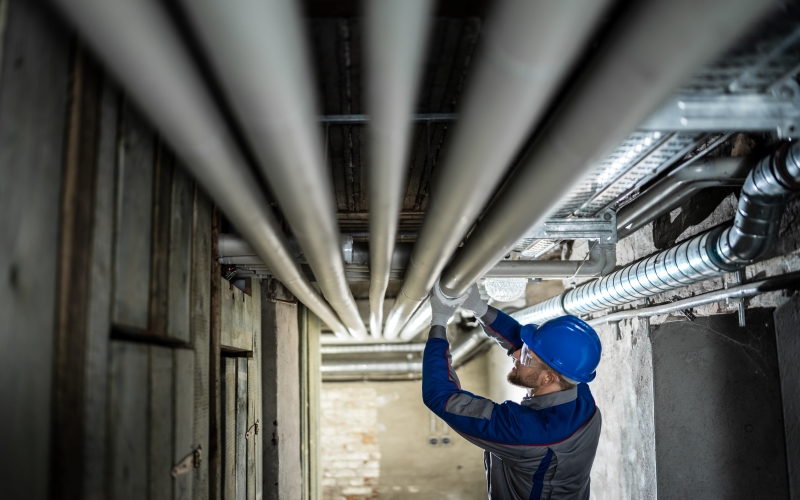
Leak Tracing
Pipework leak tracing is the process of identifying the location of a leak in a pipeline system. This process involves several steps, including:
- Isolating the system: The first step in leak tracing is to isolate the pipeline system from any other connected systems to ensure that the leak can be accurately located.
- Determining the flow direction: The next step is to determine the flow direction of the fluid or gas in the pipeline system. This can be done by examining the system design or by using flow meters.
- Leak detection: There are several methods for detecting leaks in pipelines, including pressure testing, acoustic monitoring, and tracer gas detection. These methods involve injecting a gas or liquid into the pipeline and monitoring its movement to identify the location of the leak.
- Locating the leak: Once the leak is detected, the next step is to locate its exact location. This can be done using a variety of techniques, including infrared thermography, acoustic sensors, or ultrasonic inspection.
- Repairing the leak: Once the leak is located, repairs can be made to fix the leak and restore the integrity of the pipeline system.
Pipework leak tracing is an important process for maintaining the safety, reliability, and efficiency of pipeline systems. It is commonly used in industries such as oil and gas, chemical processing, and water treatment, where leaks can have serious consequences. Proper leak tracing techniques can help to minimize downtime, reduce repair costs, and prevent environmental damage.
ASME Piping Leak Test
The American Society of Mechanical Engineers (ASME) Boiler and Pressure Vessel Code (BPVC) provides guidelines for the design, construction, and testing of pressure vessels and piping systems. The ASME BPVC also includes standards for leak testing of piping systems.
ASME piping leak testing typically involves a hydrostatic pressure test, which is a type of pressure test that uses water as the test medium. The test involves filling the piping system with water and pressurizing it to a specified test pressure, usually 1.5 times the maximum allowable working pressure (MAWP) of the system. The system is then held at this pressure for a specified duration, usually 30 minutes, while being inspected for leaks.
During the test, any leaks that are detected are marked and repaired, and the system is retested until no leaks are found. The test pressure is then gradually reduced, and the system is depressurized and drained.
The ASME BPVC provides guidelines for the design, preparation, and execution of hydrostatic pressure tests, as well as criteria for evaluating the results of the test. These guidelines help to ensure that the piping system is free from leaks and can safely withstand the maximum working pressure.
ASME piping leak testing is commonly used in a variety of industries, including oil and gas, chemical processing, and power generation. Proper testing techniques can help to minimize downtime, reduce repair costs, and prevent safety hazards.
Author: James Murphy, Operations Manger of IPEC Inspection Ltd.
